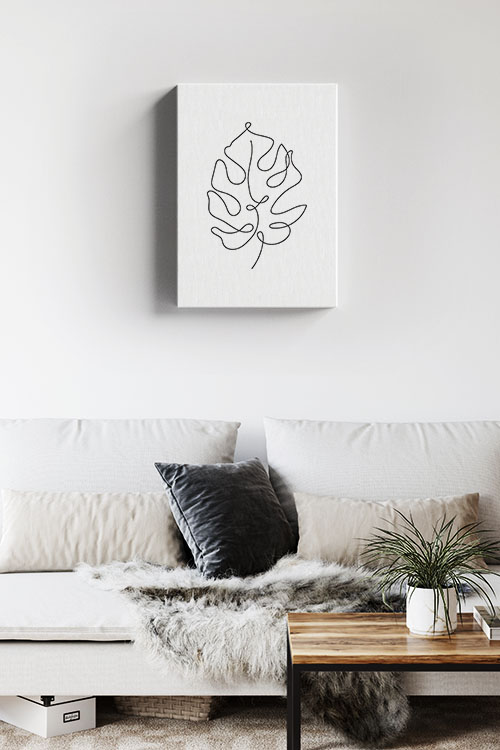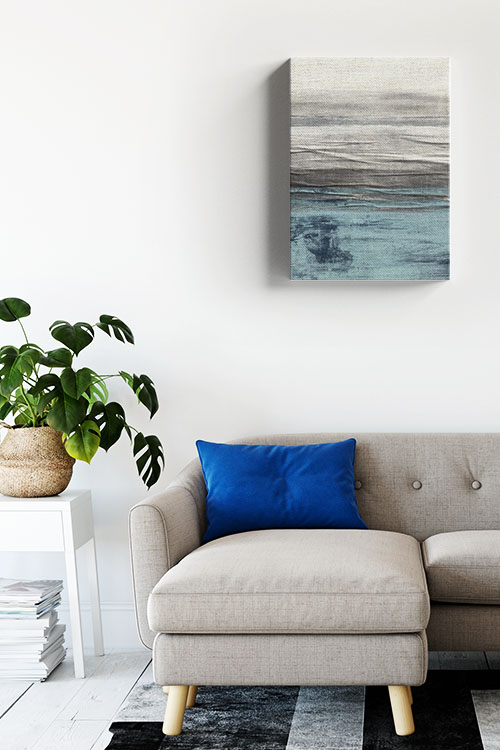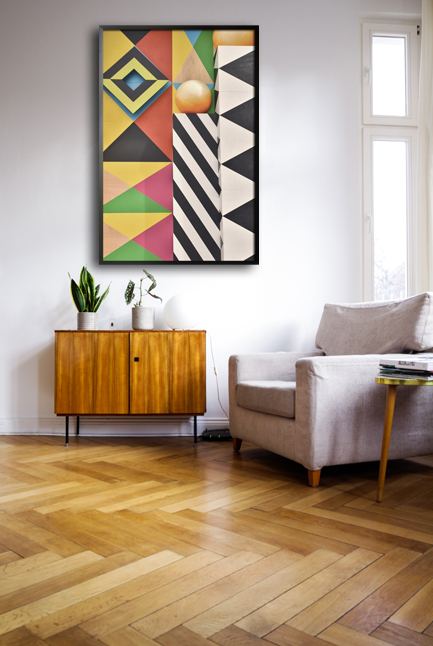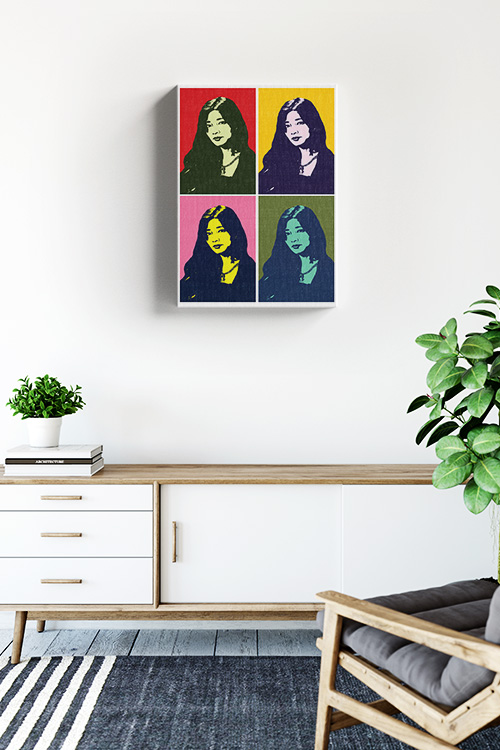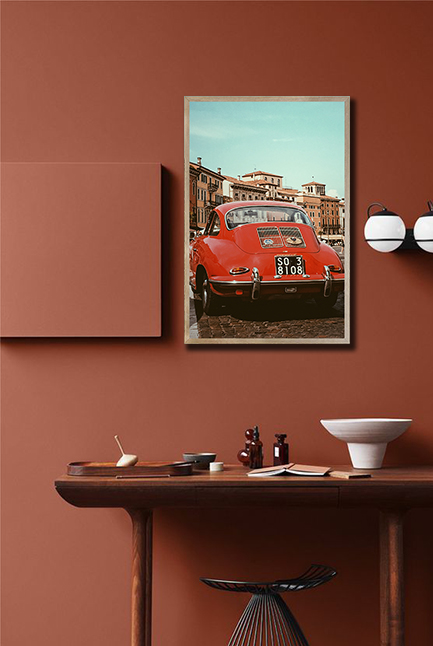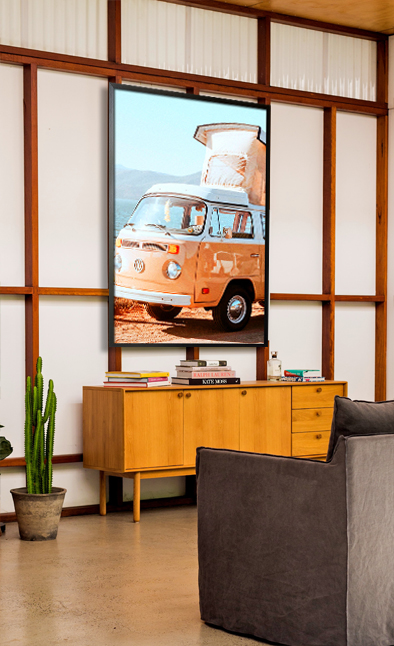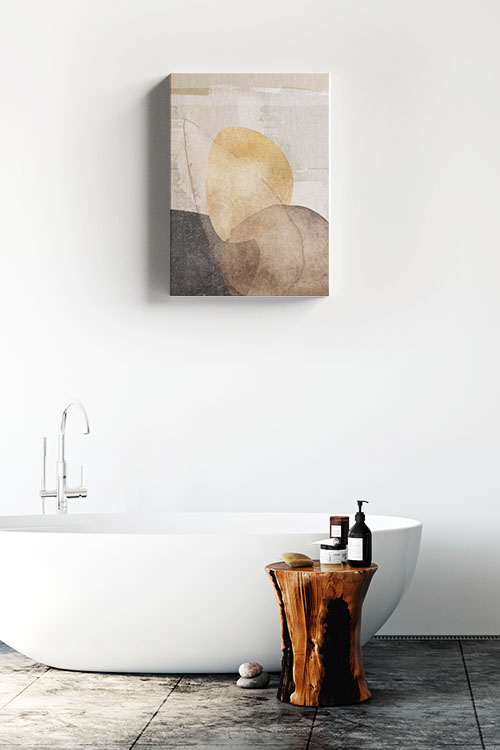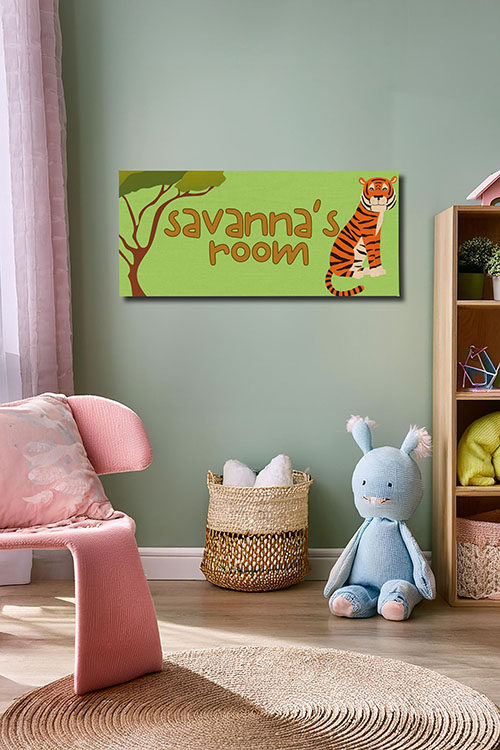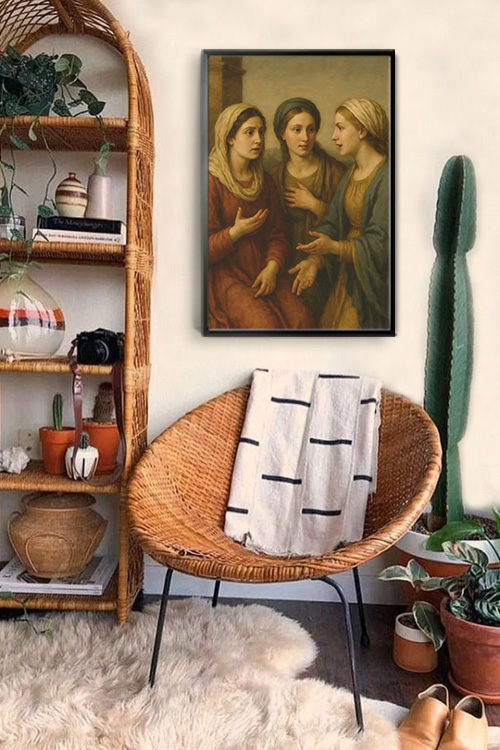
Transforming your living room into a warm and inviting space doesn’t have to break the bank. With a bit of creativity and resourcefulness, you can create a cozy atmosphere that’s perfect for relaxing, entertaining, and making memories, without overspending. Here are some smart tips to help you design a comfy living room on a budget.
Start with What You Have
Before heading to the store, take a moment to inspect your home. Sometimes, simply rearranging your furniture can make the space feel fresh and new. Try moving the sofa to a different wall, swapping chairs from another room, or repurposing items like baskets or books for stylish storage or display. Decluttering also plays a key role –a less messy space creates a more peaceful vibe.
Use Soft Textiles for Instant Warmth
Nothing says cozy like layers of soft, textured fabrics. Add throw blankets, fluffy pillows, and area rugs in warm, inviting colors. Look for sales, thrift stores, or discount home stores to find affordable options. Mix textures like knit, faux fur, or velvet to add depth and comfort without spending much.
Incorporate for a Fresh Look
A fresh coat of paint can completely transform a living room. Choose warm neutrals, such as beige, soft gray, or cream, to create a calming backdrop. Accent walls in deeper color tones, such as forest green, navy blue, or terracotta, can add a cozy and stylish touch. Paint is one of the most affordable ways to give a room a big makeover.
Add Personal and DIY Touches
Personalizing your space makes it feel more like home. Frame family photos, hang up your favorite art prints, or create a gallery wall with inexpensive frames. DIY projects, such as painting old furniture, designing your wall art, or crafting decorative pieces, can add charm without incurring high costs.
Bring in Nature
Houseplants and natural elements help create a relaxing environment. You don’t need expensive planters–simple terracotta pots or even repurposed jars can look great. Choose low-maintenance plants like photos, snake plants, or succulents. Fresh flowers or even a bowl of pinecones or stones can also enhance the natural, cozy feel.
Shop Smart and Secondhand
Thrift stores, online marketplaces, and clearance sections are great for finding affordable home items. Look for gently used furniture, decor, or lighting fixtures. You can often find unique pieces that add character and charm to your living room without the high price tag.
In a Nutshell
Creating a cozy living room on a budget is all about making thoughtful choices and embracing creativity. By focusing on comfort, lighting, and personal touches, you can build a space that feels warm, welcoming, and personalized, without spending a fortune.

